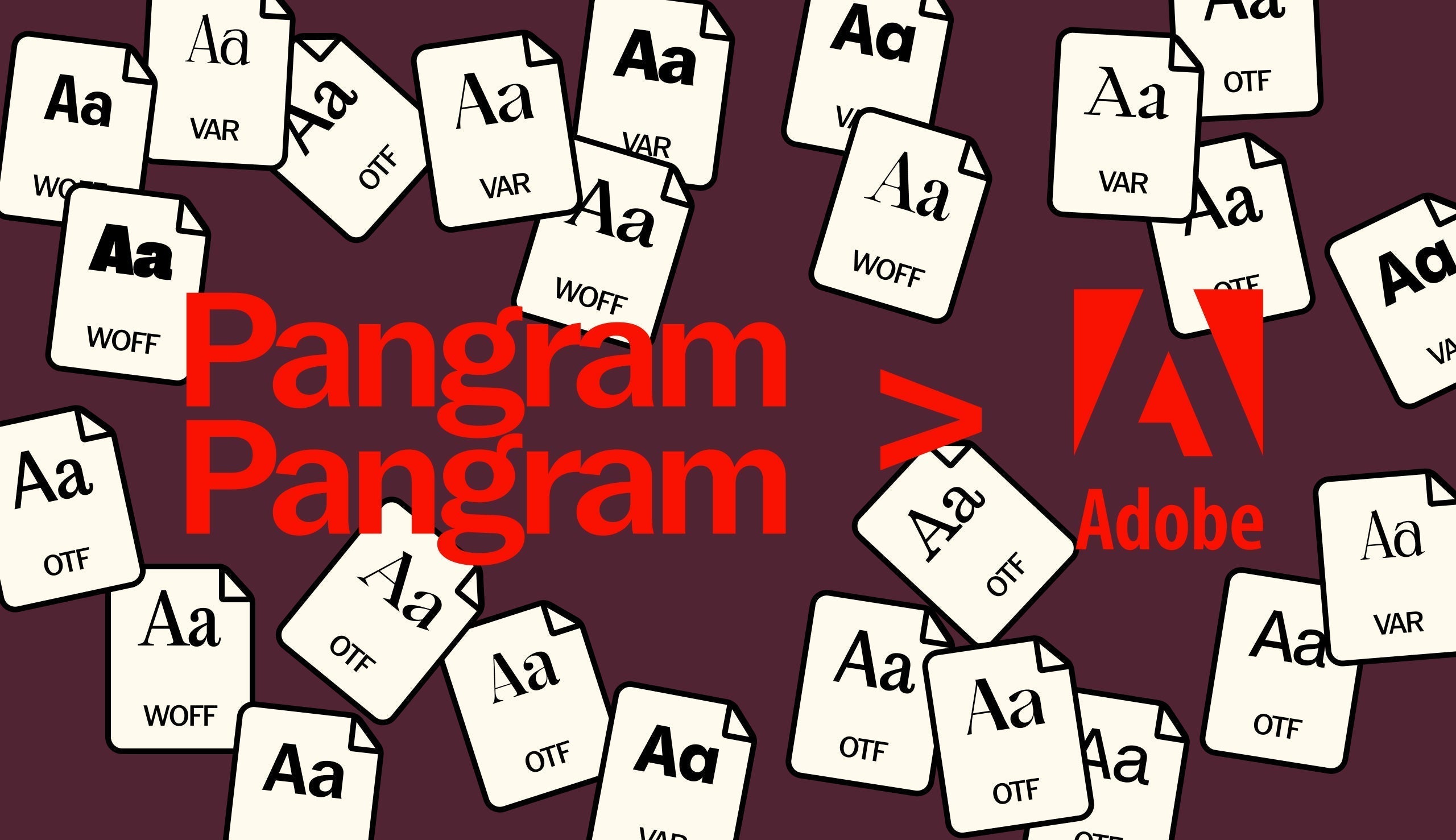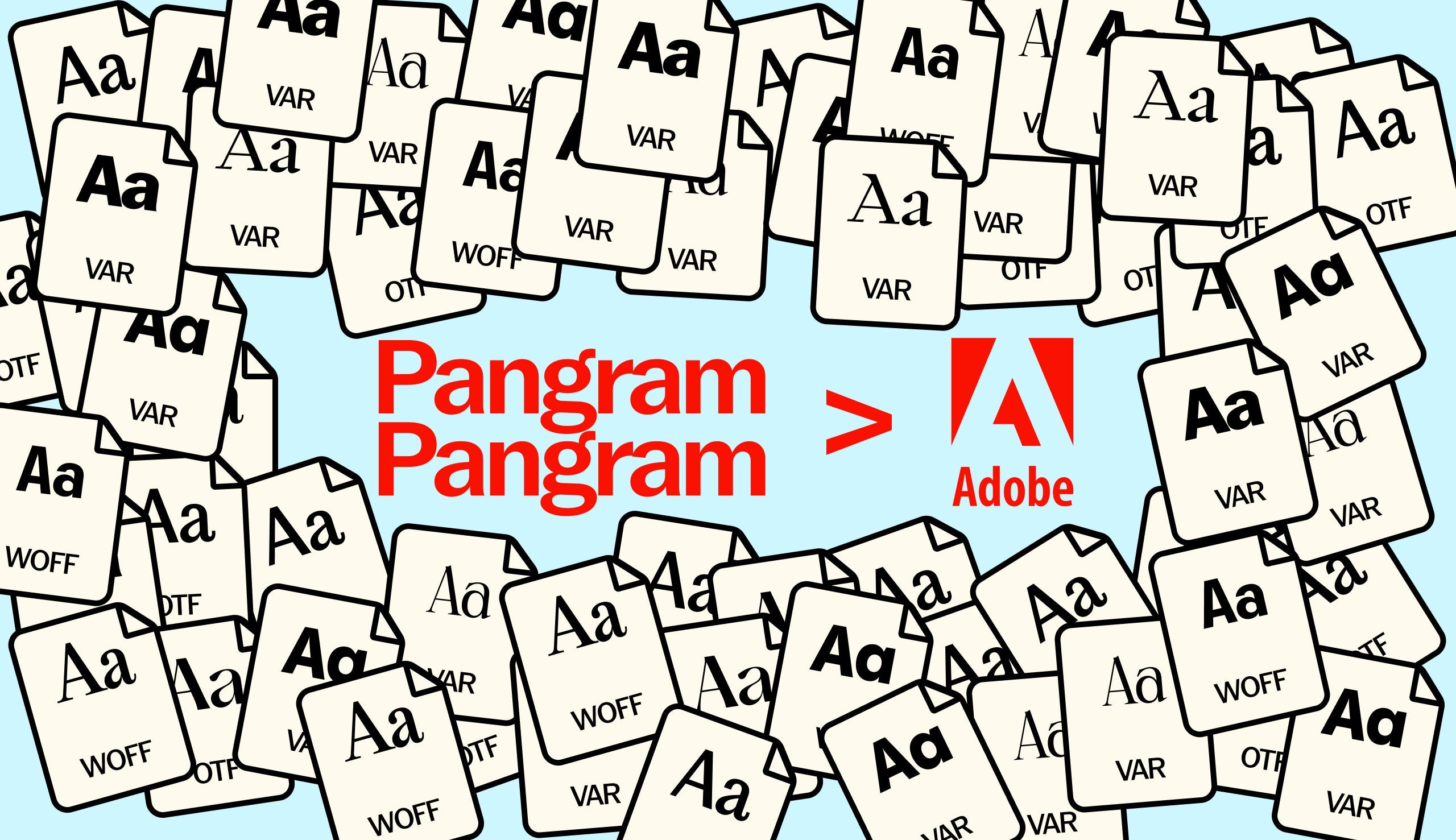The practice and processes of ManvsMachine's Charlie Jeffries are as fluid and somewhat indefinable as the striking fruits of his labour.
“In broad terms I class myself as a graphic designer, but I guess my creative practice is a product of my working process,” the London-based creative tells us, discussing the definition of his practice. “Throughout all projects, I focus on concept before execution,” Charlie explains, “letting the idea dictate an unbiased medium through which it will communicate best,” resulting in an undeniably multifarious artistic output – having begun his creative career leaning towards printed media, before a more recent (and remarkable) exploration of 3D design and motion.
This character of curiosity in both the intentions behind his practice and the examining nature of his creations, no matter the resulting medium, is fundamentally led and powered by typography – a significant factor often implemented across 3D mediums without the same interest, intent and command as demonstrated by Charlie’s practice. “Type has a huge role in my work, in both personal and professional projects, 2D or 3D, static or motion,” Charlie remarks, noting his education’s more traditional graphic design background. “The integration of lettering in a 3D and motion environment is where my core interests kind of collide,” he recalls, “the beauty of combining the two is the ability to communicate a message in a completely unrestricted capacity;” a feat achieved across the breadth of Charlie’s work. “In these fields, the parameters for typographic experimentation are essentially unlimited,” he adds, “which can be both a blessing and a curse.”
The somewhat daunting limitlessness found within these spaces has led Charlie to develop a distinct process when tackling typography, telling us, “my approach to typography in both 3D and 2D is the push and pull between expression and functionality,” facing each realm with the same attitude, however, with different technological parameters and software. “I will often find myself trying to push expression further when working on a two-dimensional project,” Charlie notes, “whereas in three dimensions I’ll likely be pulling back from an entirely expressive state,” ensuring that the functionality of his work isn’t compromised in the process.


Similarly, Charlie’s approach to type in static or motion spaces is equally balanced between the core function of each piece and the conceptual expression behind his practice behind it, explaining, “the change in my approach between static and motion is chiefly narrative.” Discussing the notable challenges of working between the two, Charlie remarks, “delivering a narrative in static is about controlling user interaction through composition, emphasis, content etc.,” adding, “whilst motion inherits the same challenges, with the added luxury of timing,” having been provided with the ability to control “exactly how to read and digest” the given information. “Whether it’s an essay or a single word,” he describes, “that timing influences the layout, the expression, and is ultimately what makes motion design so interesting to interact with.”


With so much to consider across typography in isolation, let alone with the addition of Charlie’s spectacular 3D, 2D and animated contexts behind typographic works and the relative youth of the discipline, Charlie tells us of the trepidation he faces when looking online for inspiration. “I find it can be easy to fall into the trap of scouring Instagram and design blogs for motion and typographic inspiration,” he explains, warning of the echo-chamber-like nature the platforms have become. “With the tools to create within this relatively new field becoming much more accessible,” he suggests, “entire projects become shaped by software tutorials and technique replication,” turning elsewhere for a creative boost. “For inspiration, I think it’s healthy to treat the field, motion and typography completely separately,” Charlie tells us, “and go back to their core,” noting his relationship with the latter. “For me motion is all about feeling natural and fluid,” he concludes, “you’ll achieve a way more interesting type animation if it’s inspired by a sea slug migration time-lapse as opposed to a kinetic type tutorial.” Well said, Charlie. Well said.








